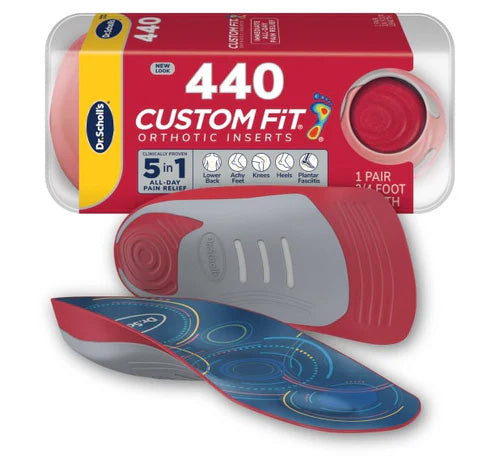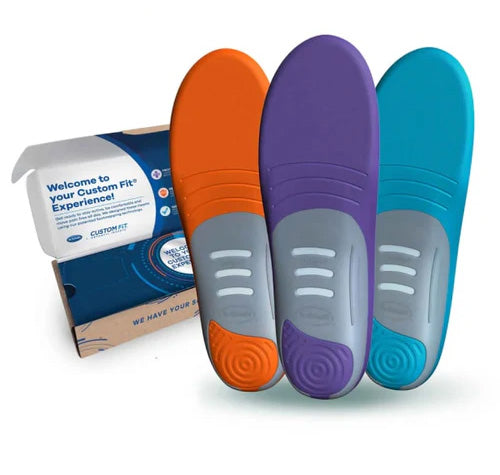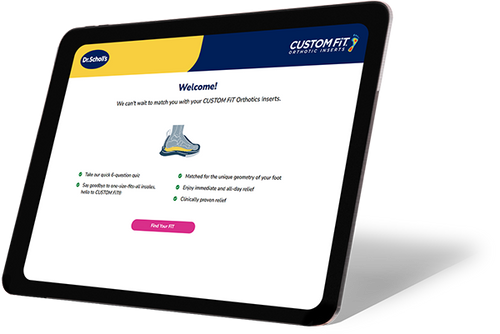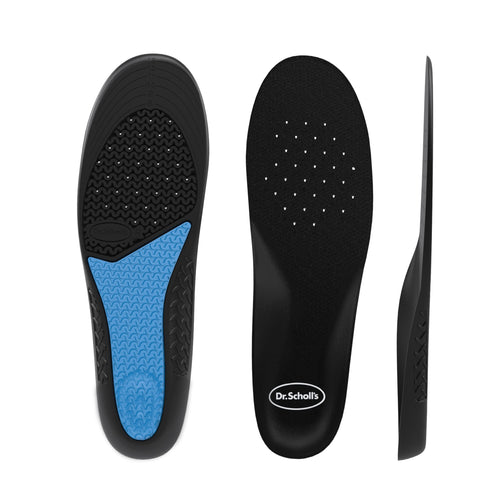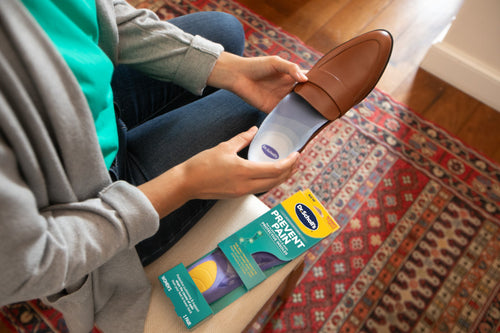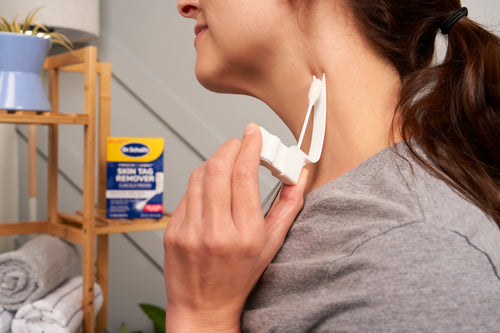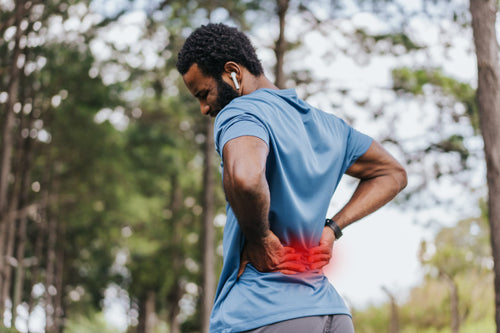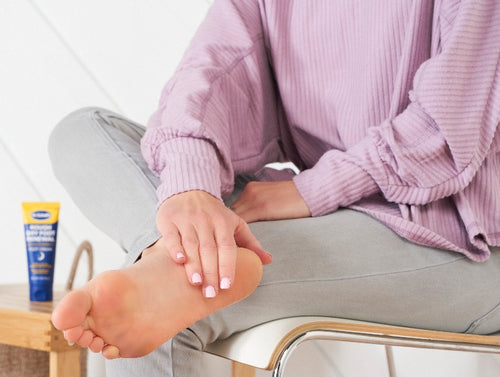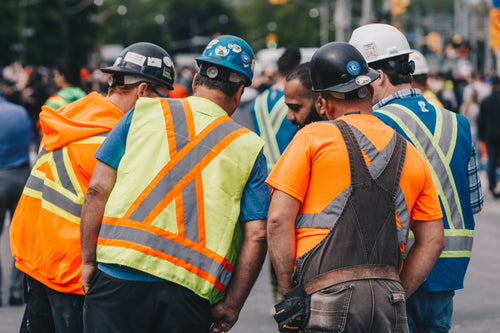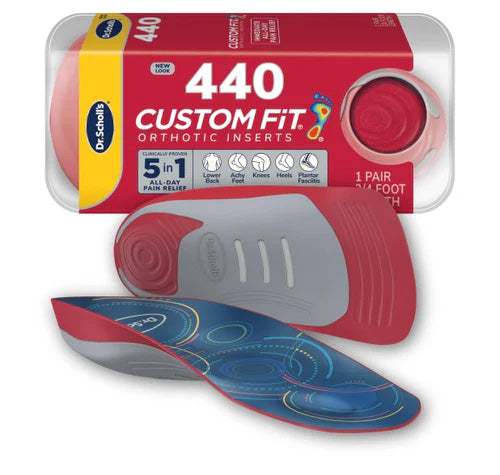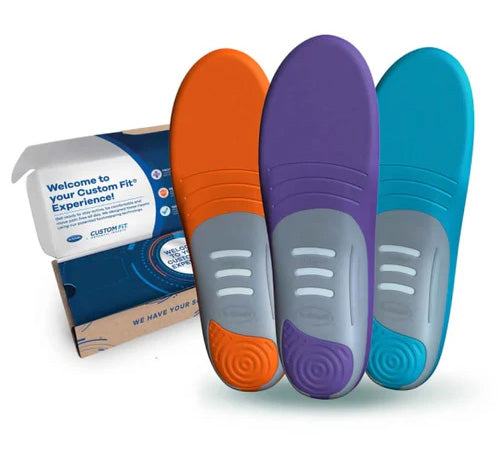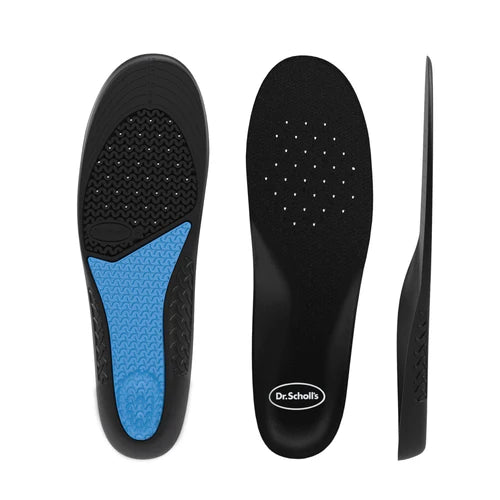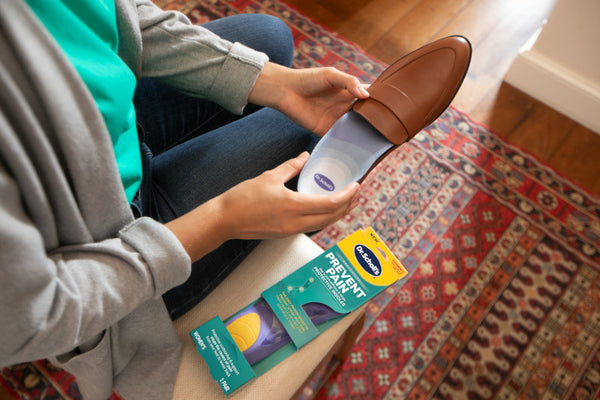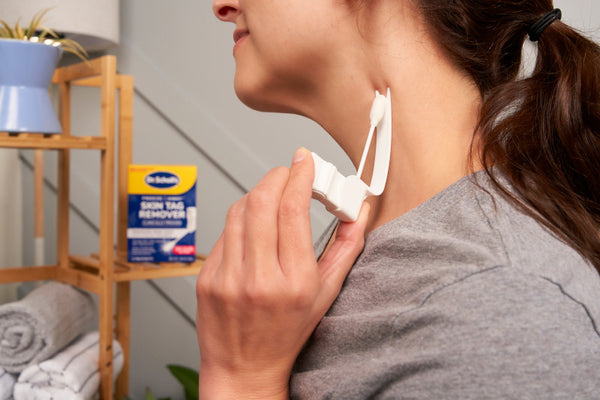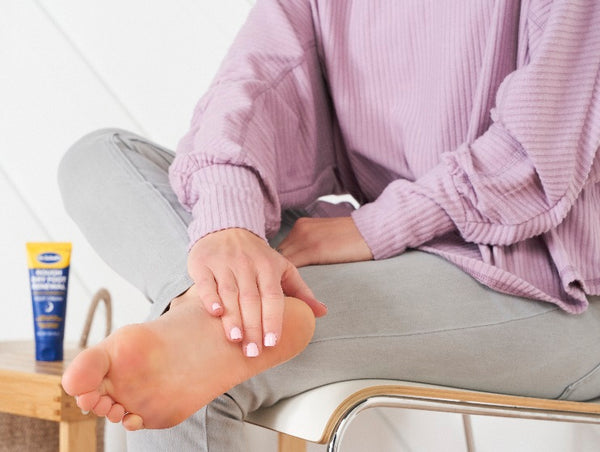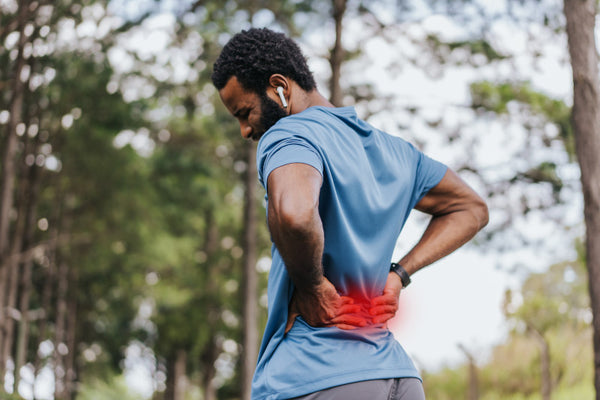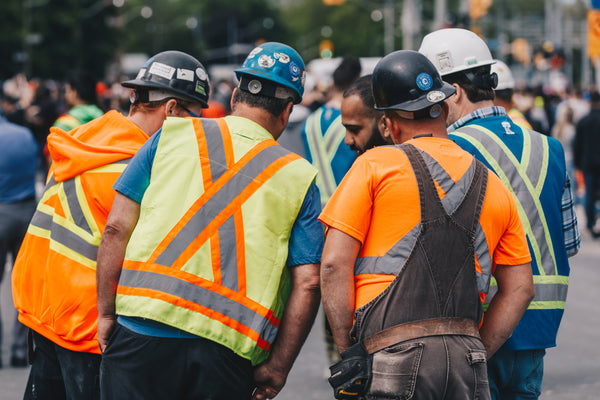Pain in your knees, especially during bending, could be runner’s knee. Runner’s knee is part of a category of conditions known as overuse injuries. It’s less of a specific kind of injury and more of a broader category of conditions that has many causes. Described as pain around your kneecap, it is most often seen in active individuals who are involved in running and jumping sports. In runners, it can often be the result of poor alignment and structural differences in the feet and legs, such as a slight difference in leg length.
THE FACTS ON RUNNER’S KNEE:
WHAT IS RUNNER’S KNEE?
Runner’s Knee, or Patellofemoral Pain Syndrome, is pain between your kneecap and femur (thigh bone), specifically in the space where they meet. And while it’s named for the many runners who’ve experienced it, you don’t have to be a runner to have runner’s knee. If you spend a lot of time bending your knees to pick up things – or even just like to walk a lot – you can experience runner’s knee pain.
Most people with runner’s knee find that the knee joint pain is worsened by running, walking up and down stairs, squatting, and sitting for long periods of time. Some people may experience a pain that is dull and aching around the kneecap or outside of the leg. You may also experience swollen knees.
WHAT CAUSES RUNNER'S KNEE?
Often, runner’s knee is thought to be a result of one, or a combination of the following:
- Extra force placed on the knee joint due to overuse (increased activity), from repeated running or jumping or increasing your training intensity, which can stress out your knees and irritate the nerves of your kneecaps or the overstretched tendons that hold them in place
- Weakness or imbalance of the hip and knee muscles, which can lead to misalignment of the kneecap and cause stress to be distributed unevenly in the knee joint
- Injury to the kneecap, such as a fracture or dislocation.
There are also certain factors which can put you at greater risk for experiencing runner’s knee. Women, in particular young adults and adolescents, are more likely to experience this kind of pain.
HOW TO HELP PREVENT RUNNER’S KNEE?
- Warming up before partaking in physical exercise can help prevent runner’s knee, as can avoiding sudden increases in the intensity of your physical activity. Practicing proper alignment and technique, as well as maintaining a healthy weight can also be very important for reducing your risk of runner’s knee, since this will lessen the stress placed on your joints during activity.
- You should also keep in mind that choosing shoes that fit well and absorb shock, or using shock-absorbing insoles, can help to protect your knees. Those with flat feet should consider shoe inserts that provide additional support.
- Seeing a physical therapist can also help guide your treatment and prevention strategies. They may be able to help you find regular stretching and strengthening exercises and knee-friendly sports that would assist in your recovery. Generally, swimming and cycling are easier on the knees and can help you to stay active while you refrain from more high-impact sports. They may also suggest taping or supportive braces to support and protect your knee as it recovers.
HOW TO RELIEVE RUNNER’S KNEE
If you have runner’s knee symptoms, most of the time a few practical tips can help get you back to moving more comfortably. For example:
- Add insoles designed to help absorb the shock of running. Dr. Scholl’s Running Insoles are clinically proven to relieve pain from runner’s knee, shin splints and plantar fasciitis.
-
Remember RICE to put your knees at ease:
- Rest – give your knee a break so it can heal, either by reducing your activity or avoiding it altogether for a time
- Ice – keep an ice pack on for 20 minutes at a time every 3 or 4 hours for up to 3 days until the pain is gone
- Compression – wrap the knee and give it some extra support
- Elevation – prop up your leg on a pillow while you’re resting to further lighten the load
If you have persistent pain on the outside of your knee that is not responding to self-managed treatment, it is best to consult a doctor. Once you determine the cause of your pain you can better assess how to treat your knee and begin recovery.
SHOP PRODUCTS FOR RUNNER'S KNEE
EXPLORE MORE EXPERT ADVICE FROM DR.SCHOLL'S
Related Symptoms & Conditions

